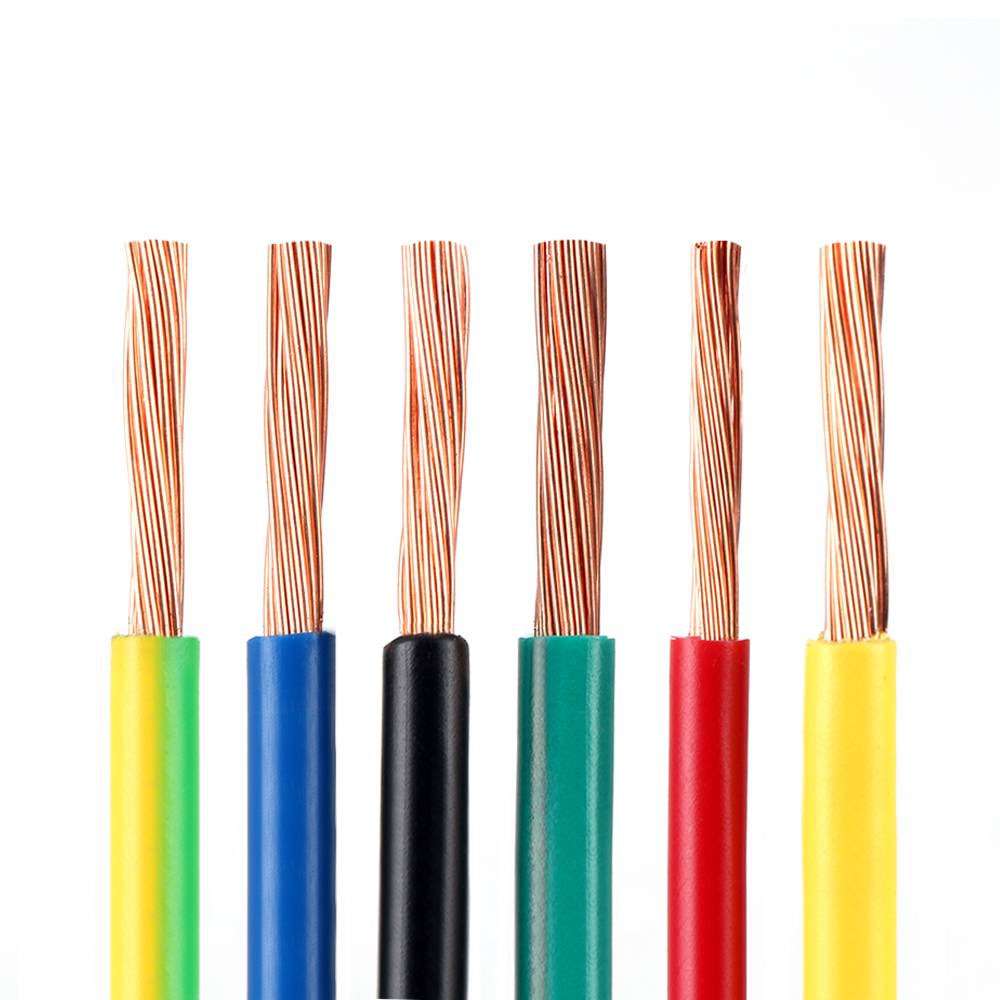 Author: Joey Wan
Author: Joey Wan  August 06,2022
August 06,2022
In fact, life is very interesting. Whether it is the primitive era or the era of science and technology, we have evolved from primitive people to modern people and have reformed the civilization of words. Some of them are easy to understand, and some are the birth of industry-specific words for people. Life has brought earth-shaking changes.
How many codes do you know about wires and cables?

Composition and order
The model composition and sequence of wires and cables are as follows:
[1: Category, use] [2: Conductor] [3: Insulation] [4: Inner sheath] [5: Structural characteristics] [6: Outer sheath or derivative] - [7: Use characteristics]
Items 1-5 and 7 are represented by pinyin letters, polymer materials are represented by the first letter of the English name, each item can be 1-2 letters; item 6 is 1-3 numbers.
Common code
Use code - not marked as power cable, K- (control cable), P- (signal cable);
Conductor material code - not marked as copper (can also be marked as CU), L- (aluminum);
Inner sheath code - Q- (lead clad), L- (aluminum clad), H- (rubber sheath), V- (polyvinyl chloride sheath), the inner sheath is generally
not marked;
Outer sheath code - V- (polyvinyl chloride), Y- (polyethylene power cable);
Derivative code - D- (no drip), P- (dry insulation);
Special product codes - TH- (wet tropical), TA- (dry tropical), ZR- (flame retardant), NH- (fire resistance), WDZ- (low smoke and
halogen free, enterprise standard).
Our master electricians must master these professional wire and cable terms, and being familiar with the terms will bring more
convenience and ease to their work life.
